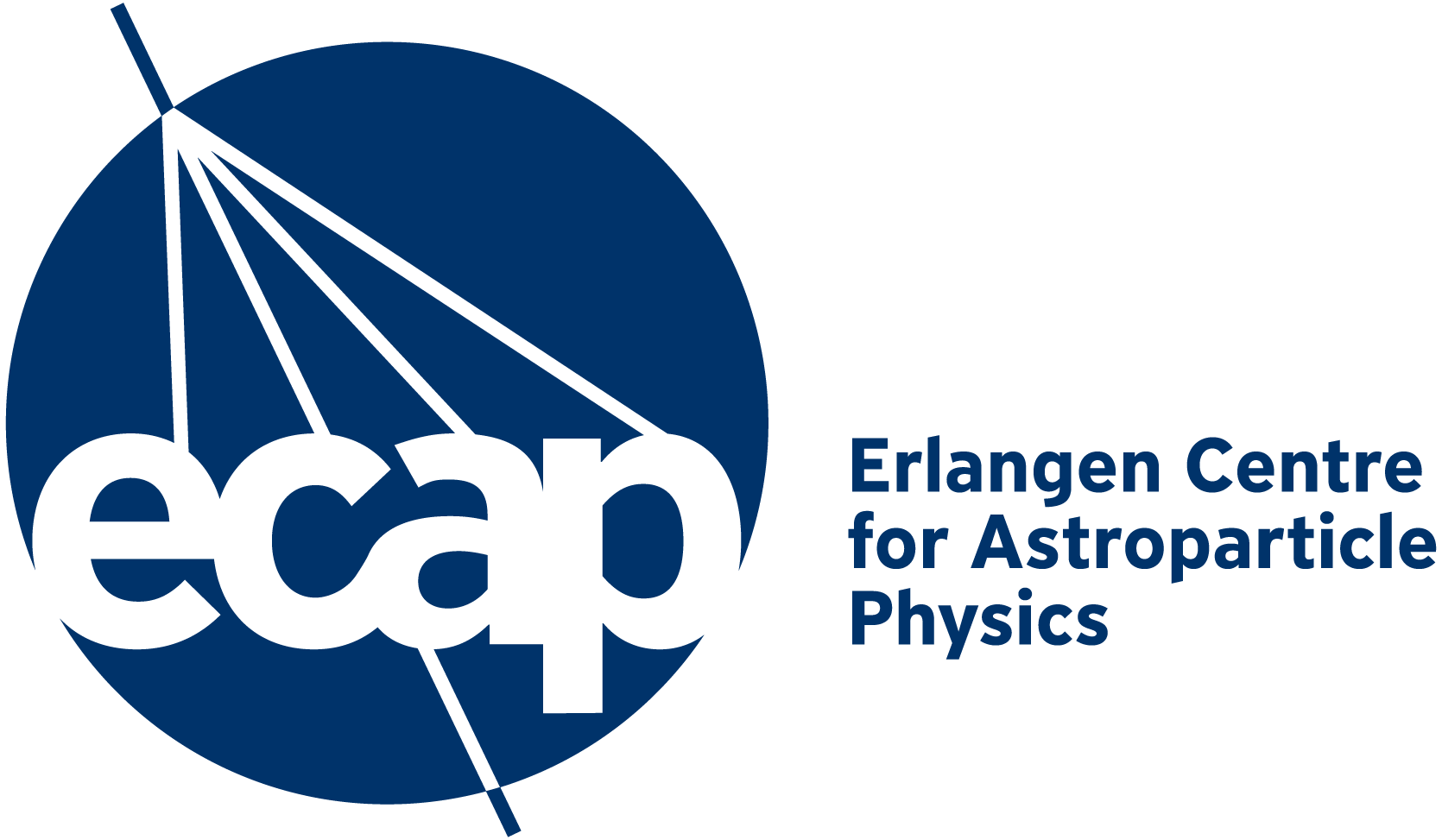ECAP Seminar: Dieter Horns
ZoomThe Crab nebula and pulsar - particle acceleration at the limit The Crab Nebula is the front-page object of multi-wavelength astrophysics and an excellent object to study non-thermal emission and particle acceleration. The Crab Pulsar powers the extreme accelerator regions that inject an ultra-relativistic plasma into the surrounding nebula. The...
